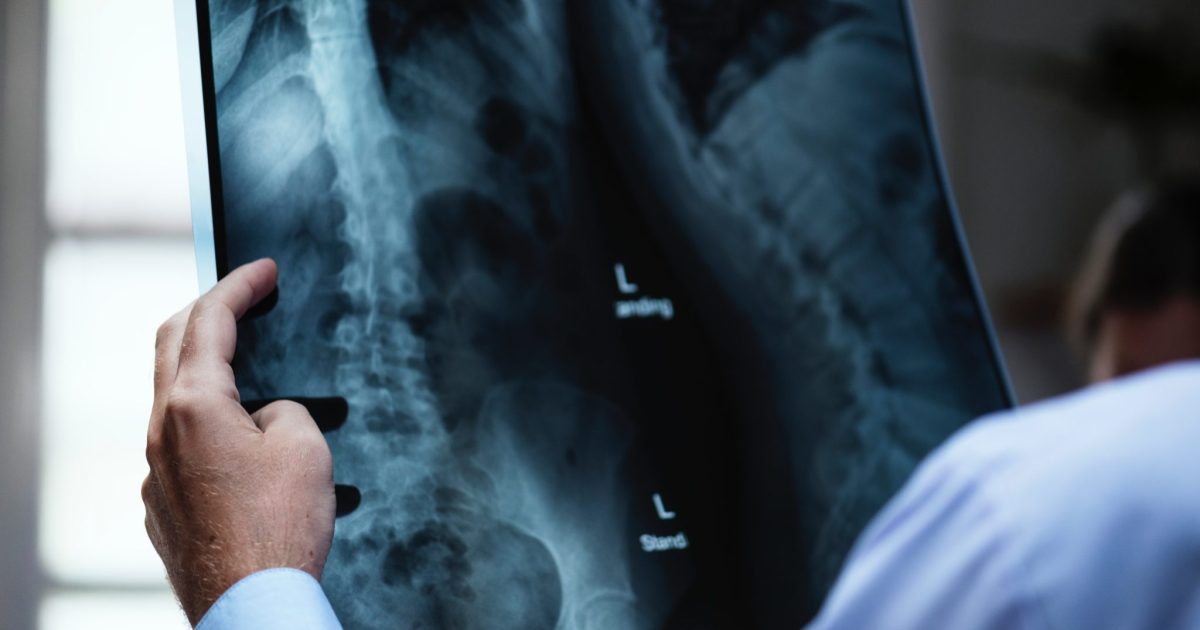Treatments For Managing Marfan's Syndrome
Marfan's syndrome is an inherited condition that affects connective tissue throughout the body. Both men and women can inherit this disorder, and it is diagnosed in approximately one out of every five thousand individuals. The heart, bones, eyes, and blood vessels are some of the most common areas impacted by the illness. Physical features of Marfan's syndrome include having long arms, fingers, and legs, flexible joints, a curved spine, and a chest that is concave or protrudes in an abnormal way.
Genetic testing can be performed to confirm a diagnosis of Marfan's syndrome, and patients may also need special eye or heart tests to detect damage to these areas. Patients with Marfan's are monitored closely by their medical teams throughout their lives, and modern treatments have made it possible for patients to have a normal or near-normal life expectancy.
Glasses Or Contact Lenses

Vision problems are one of the most common symptoms of Marfan's syndrome, and glasses or contact lenses can help patients with reading, driving, and other daily activities. Many patients with this syndrome have severe nearsightedness, and some patients may develop a dislocated lens in the eye or a detached retina. Patients with Marfan's syndrome may also develop glaucoma (elevated eye pressure) or cataracts at an earlier age than individuals without this illness.
Glasses or contact lenses can be used to help individuals with these conditions see more clearly, and they will also reduce the eye strain and headaches that may accompany nearsightedness and glaucoma. Marfan's syndrome patients may need to have their prescription for glasses or contacts updated more than once a year, and an ophthalmologist can recommend the most appropriate glasses and contacts for the patient's needs.
Scoliosis Treatment

Many patients with Marfan's syndrome have a curved spine, also known as scoliosis. The degree of curvature in the spine can vary from mild to severe. Patients may notice one shoulder is higher than the other, and they may observe that their waist is uneven or their hips are not properly aligned. Scoliosis is most effectively diagnosed and treated by an orthopedist, a doctor who specializes in the skeletal system. To assess a patient for scoliosis, the orthopedist will visually inspect and feel the spine, ribcage, shoulders, and hips to detect any abnormalities. They may also check reflexes, range of motion, and strength.
X-rays and other imaging tests may be needed to confirm a diagnosis. In severe cases, scoliosis can cause breathing problems, and patients may experience chronic back pain. In moderate cases, patients may wear a brace that fits around the ribcage, lower back, and hips. Typically, patients are asked to wear the brace both during the day and at night, and it can be removed for physical activity. While the brace cannot correct an existing curve in the spine, it will prevent the curve from increasing. Surgical interventions, including spinal fusion, can reduce the curve of the spine, and these operations are appropriate in advanced cases of scoliosis.
